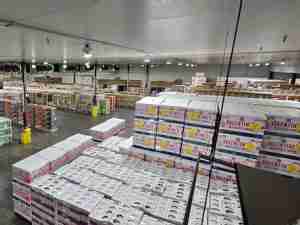A new research study released by Aberdeen, a Harte-Hanks Company, reveals that there are still a lot of gaps in the supply chain risk management practices and strategies adopted by study participants for their global operations.
"Growing global operations are forcing companies to more pro-actively evaluate and address their supply chain risks. Companies are sourcing from and selling to more new regions, often adding new carriers, forwarders, logistics, and distribution partners to their network. At the same time, customers are continuously demanding improved service levels," said Viktoriya Sadlovska, research analyst, Aberdeen. "These trends, coupled with increased security concerns that have imposed a new level of regulation on global shippers, are driving firms to increase their focus on supply chain risk management and adopt new processes and technologies to make their supply chains more risk-resilient."
The top reported supply chain disruptions over the past 12 months were:
- Supplier capacity did not meet our demand - 56%
- Raw materials price increase/ shortage - 49%
- Unexpected changes in customer demand - 45%
- Shipment delayed / damaged / misdirected - 39%
Compared to Industry Average and Laggard companies, Best-in-Class companies are more likely to manage or at least assess the following risks:
- Logistics congestion and capacity
- Risk profile of suppliers
- Fuel price risk
- Risk profile of a country
- Non-environmental catastrophic events
Companies plan to improve supply chain risk management by implementing a data-driven, collaborative approach. Study participants are planning to take the following actions in the next 12 months in order to adopt a more pro-active supply chain risk management approach:
- Collaborate more effectively with supply chain partners to jointly manage supply chain risks - 59%
- Improve supply chain data quality used for decision making - 54%
- Re-design the supply chain - 34%
- Implement new software solutions - 27%








